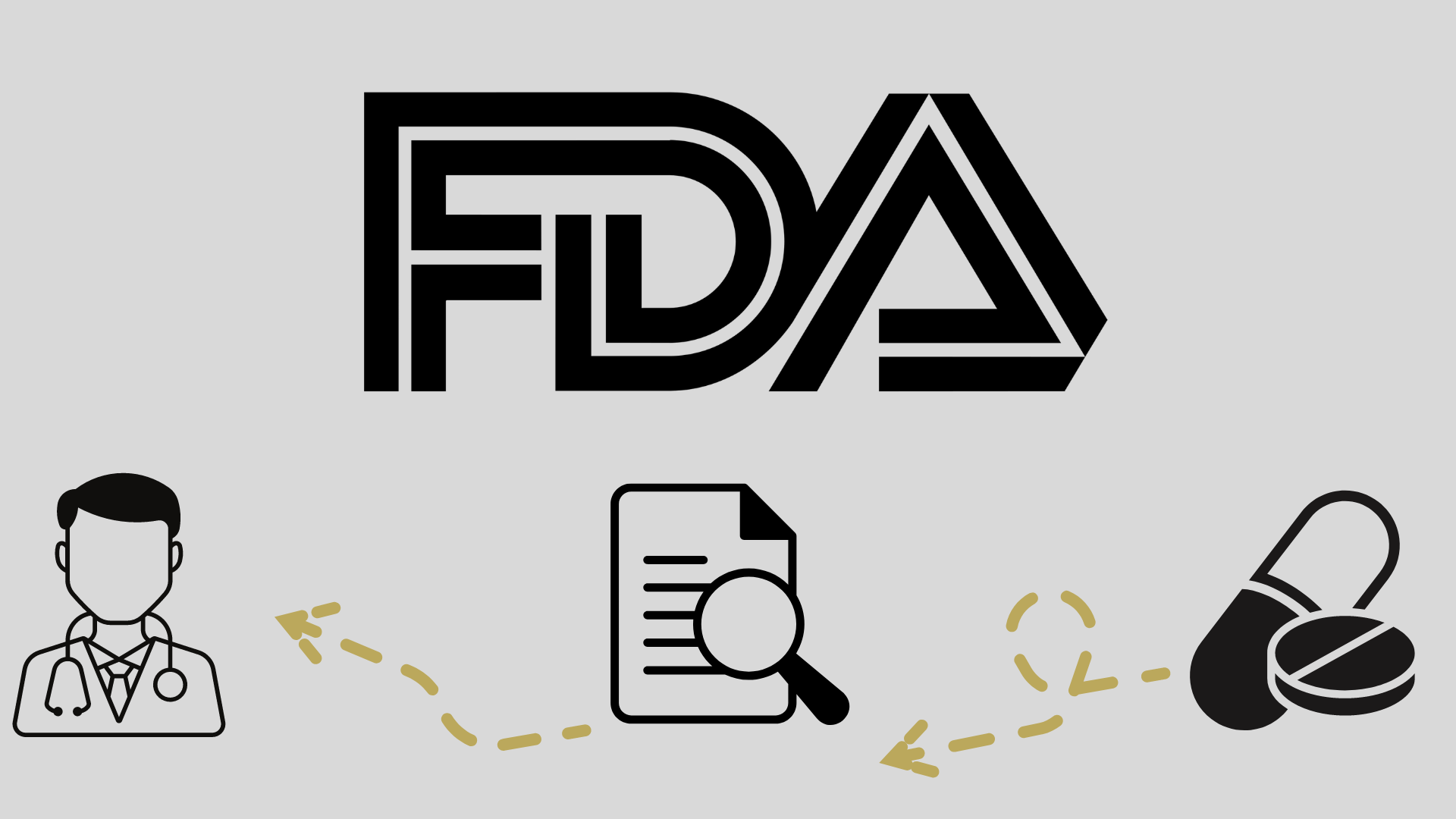
FDA Clears NDA of Intravesical Mitomycin in Non–Muscle-Invasive Bladder Cancer

A Prescription Drug User Fee Act target action date of June 13, 2025, has been set for the new drug application of intravesical mitomycin.
- The FDA has accepted the new drug application (NDA) of intravesical mitomycin (UGN-102) for the treatment of low-grade, intermediate-risk non–muscle-invasive bladder cancer (NMIBC).
- A Prescription Drug User Fee Act (PDUFA) target action date of June 13, 2025, has been set.
- If approved, this would mark the first agent to be FDA approved in this disease state.
The NDA of intravesical mitomycin as a treatment for low-grade, intermediate-risk NMIBC has been accepted by the FDA, and a PDUFA target action date of June 13, 2025, has been set.1
"The
Intravesical mitomycin utilizes a sustained release hydrogel-based formulation to enable longer drug exposure to bladder tissue without surgery. The agent can be delivered by catheter in the outpatient setting.
The NDA is supported by the phase 3 ENVISION trial (NCT05243550), a study that enrolled an estimated 240 patients across 56 global sites. The primary end point was complete response rate (CRR), and secondary end points included duration of response, disease control rate, disease-free survival, and incidence of treatment-emergent adverse events.2
“The NDA for [intravesical mitomycin] is backed by a robust data set demonstrating impressive durability of response across three clinical trials and a favorable safety profile. Notably, the ENVISION trial successfully met its primary end point, showing a 79.6% complete response rate at 3 months after the first instillation of [intravesical mitomycin]. Additionally, the latest results from that trial revealed an 82.3% 12-month duration of response by Kaplan-Meier estimate in patients who achieved a complete response at 3 months,” said Mark Schoenberg, MD, chief medical officer of UroGen, in a press release.1
“We believe that, if approved, [intravesical mitomycin]’s ability to achieve durable complete responses and potentially reduce recurrence rates while extending treatment-free intervals will represent a significant advance in managing [low-grade, intermediate-risk] NMIBC,” added Schoenberg.








































